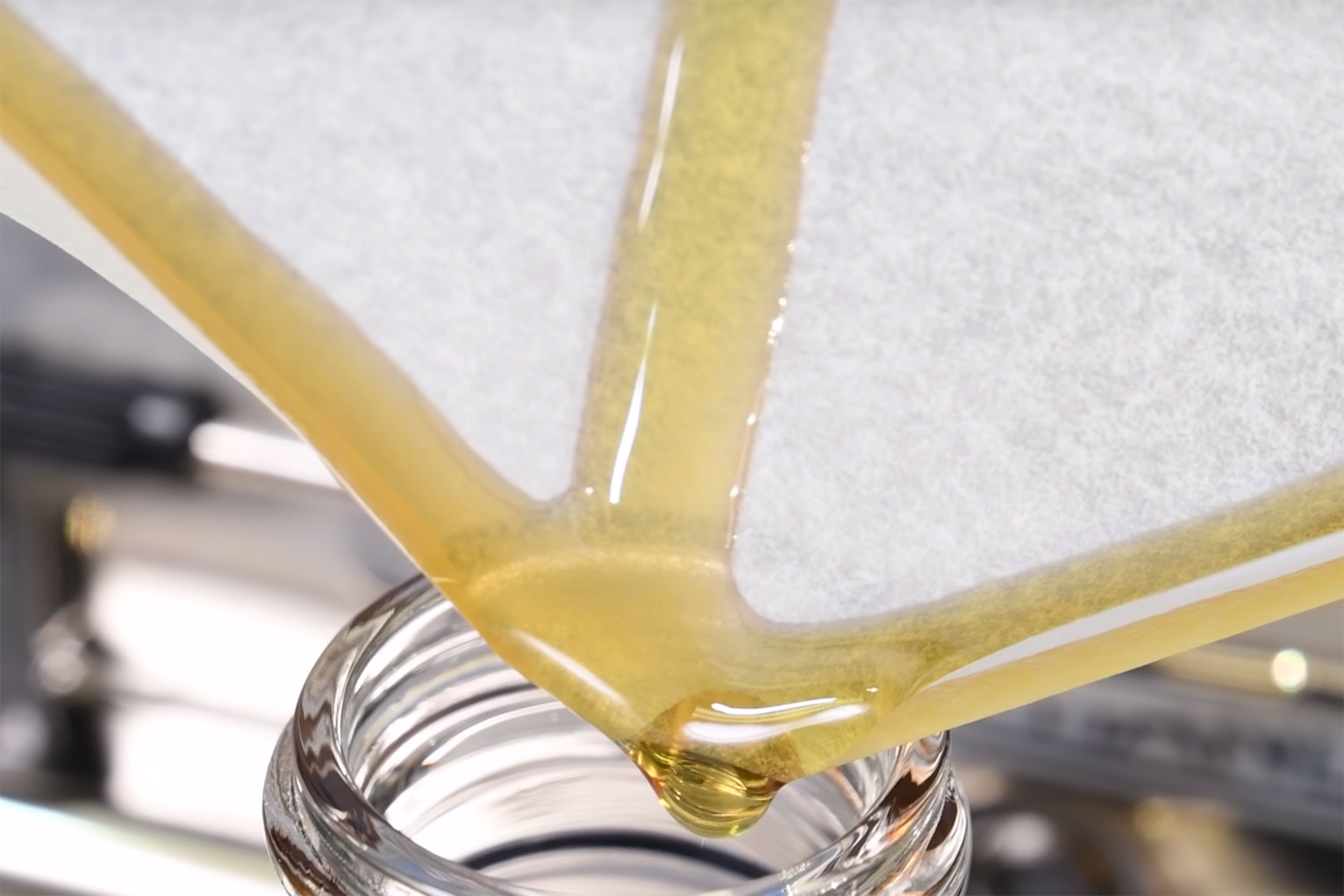
A Brief History of Home Cannabis Extraction in the Modern Era
Science suggests that humans have been using psychoactive strains of cannabis for at least 2,500 years – if not longer – and for nearly as long, humans have experimented with ways to extract its compounds into a wide range of formulations.
The earliest cannabis extractions can be traced back to the 10th Century in the Middle East where hashish (or hash) is believed to have originated and become the mind-altering substance of choice over alcohol.
Modern Extraction
Over the subsequent centuries, the techniques for making hashish evolved as cannabis use spread around the world. However, it wasn’t until the 1960s and 1970s that advancements in science and technology would jumpstart a cannabis extract revolution in the West.
Isomerizer
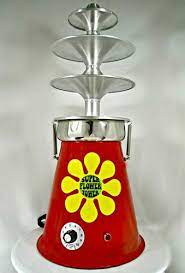
As a generation of homegrowers made cannabis more readily available across the U.S. and Canada, some people began to experiment with new ways to process the plant and extract its core compounds — either through trichrome harvesting or rudimentary cannabis infusions using butter or ghee on the stovetop or in slow cookers.
Soon after, a few books were published on the subject while at the same time consumer-friendly extraction tools, such as the 1970s-era Isomerizer, were invented with the home extractor in mind and could be purchased by mail-order through cannabis-centric publications like High Times.
Naphtha
By the late 90s and early 2000s, the extract revolution was kicking into full gear as a new wave of home extraction techniques became more widespread. A substantial part of the public’s increased interest in home cannabis extraction during this time can be attributed to the hugely popular documentary “Run from the Cure.” Released in 1997, “Run from the Cure” documented Rick Simpson’s fight to legalize cannabis for medicinal purposes in Canada and popularized a new process for extracting high-potency cannabis oil to treat cancer and other traumatic health problems.
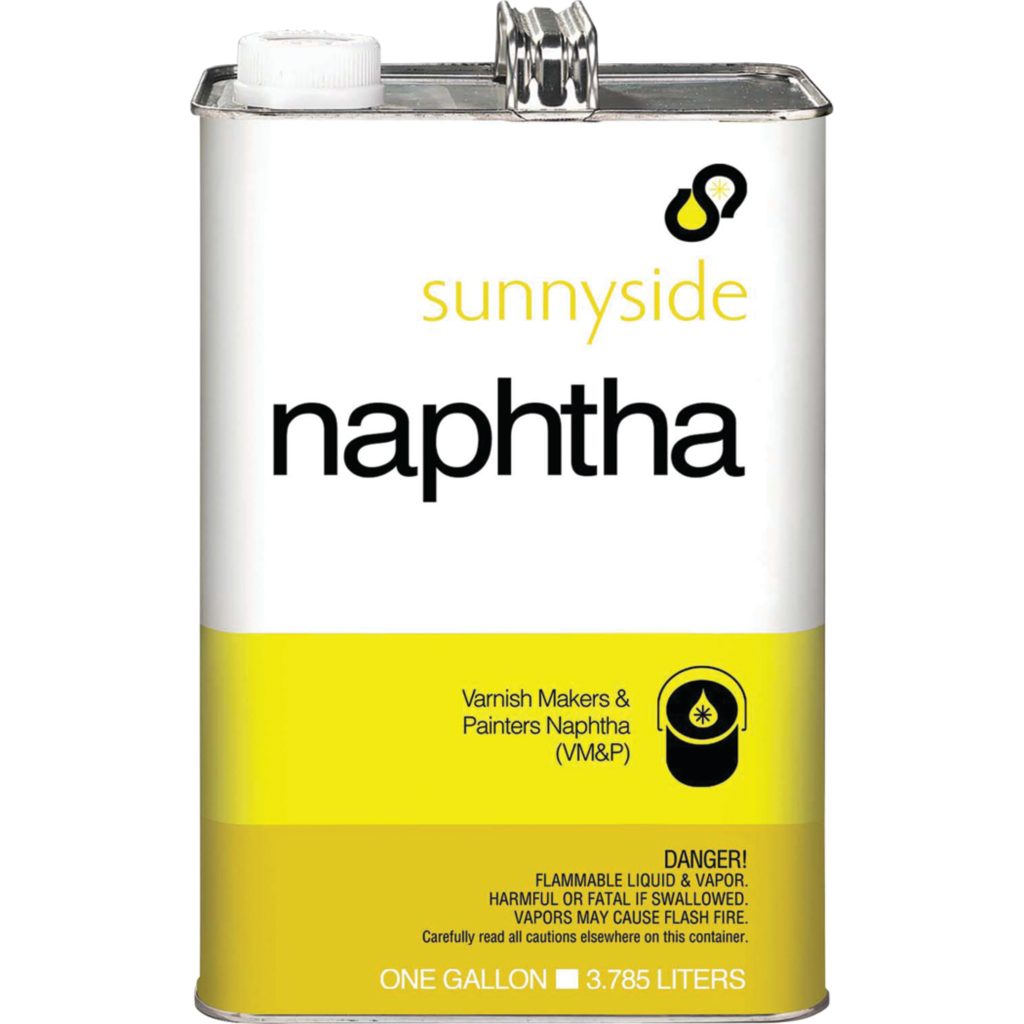
This process involved using naptha to extract the active compounds from cannabis, and then using a rice cooker to slowly evaporate the naptha, leaving a highly potent cannabis oil. Unfortunately, naptha is highly carcinogenic and as a result, the cannabis oil produced using this method could be more harmful than helpful to those using it.
Butane
Around the same time, some home extractors began to experiment with using butane. Already in use for other herbal extraction processes, butane was appealing to those seeking to produce high quality, high potency cannabis oil because it doesn’t pick up other plant materials (due to its non-polar nature) and evaporates at a relatively low temperature. This is important because it makes it easy to purge from the final product.
The downsides of using butane for home extraction are that it is highly flammable and explosive, especially when put under pressure — which is what most butane based extraction processes require — and can result in a tainted, and potentially poisonous, final product if not properly purged, a process that few of the early home butane blasting enthusiasts had knowledge of or the proper equipment to do.
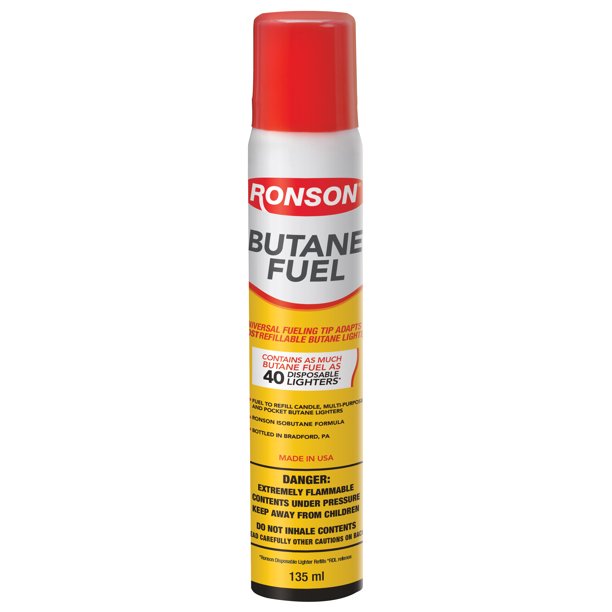
As a result, there was an increase in public scrutiny of amateur extraction operations gone wrong, with a media focus on homes blowing up and tainted products being distributed. These unintended consequences of the extraction revolution began to give home extraction at large a bad name just as efforts to legalize cannabis in the U.S. and Canada were picking up steam.
Even as the risks of using butane for home extraction operations became widely known, more and more people wanted to give it a try using home-built contraptions cobbled together from butane tanks or low-quality cans of butane, duct tape, and butane blast tubes. At best, these setups resulted in extracts of unknown quality and at worst resulted in well-publicized tragedies.
Marketing of Existing Appliances as Extractors
As the popularity of home extraction continued to increase through the 2000s, so did the use of everyday kitchen appliances to make relatively low-quality infusions and extractions. Seeing a business opportunity, some savvy home extraction enthusiasts began buying up these appliances and then re-packaging and remarketing them as cannabis extraction tools to a growing cohort of newly interested, but uneducated, consumers wanting to make their own cannabis extractions.
Soy milk-making appliances were re-marketed as cannabis butter makers and small-batch alcohol and water distillers were sold as cannabis oil machines, often for a dramatically marked up price, even though they were ill-equipped to make a high-quality product.
Technology Enters the Space
Seeing the need for a safe home extraction solution that would actually make a high-quality concentrate, a new generation of cannabis tech inventors and entrepreneurs began to experiment with cutting edge extraction processes and tinkered with building cannabis extract specific appliances that could be used by any budding home extraction enthusiast safely. Lee Sutherland, Co-Founder and Chief Technology Officer of ExtractCraft, was one of those innovative entrepreneurs.
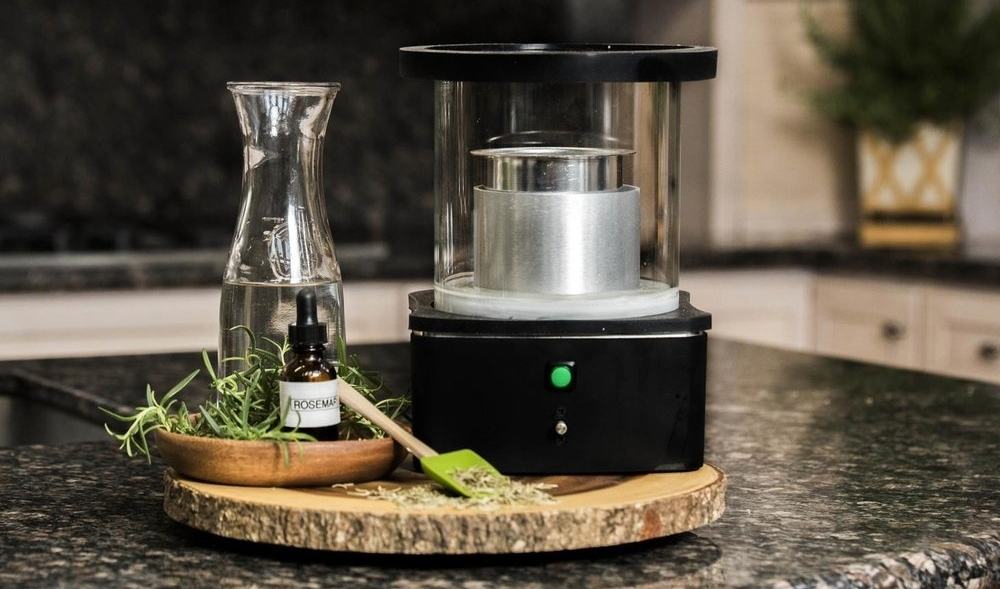
Along with help from ExtractCraft CEO Troy Ivan and CMO Colby Zeedyk, the team developed the Source Turbo– the first countertop closed-loop, vacuum-assisted, ethanol recovery extraction unit that operates at nearly body temperature and offers a degree of solvent recovery and safety that had never previously existed for the small-scale, home-based cannabis extractor.
Just as these safer technologies and processes were emerging and being made more widely available to consumers, the regulations around the legalization of recreational cannabis in Colorado and other states were coming into focus. Unfortunately, the bad name home extraction had gotten from its butane fueled growth in the 90s and early 2000s was still ingrained in the minds of regulators, and the practice of any form of home extraction was to be fully banned under Colorado’s precedent-setting legalized cannabis regulations.
As the implications of this home extraction ban became clear, ExtractCraft worked to educate lawmakers and regulators about the importance of being able to make custom extracts at home (particularly for individuals who rely on them as medicine) and how extraction technologies and processes had substantially improved to ensure producer and consumer safety.
As a result, Colorado lawmakers adjusted their regulations to allow for ethanol-based home extraction, setting the precedent for future states considering legalization and opening the door for the next revolution in DIY cannabis extraction processes and technologies.


